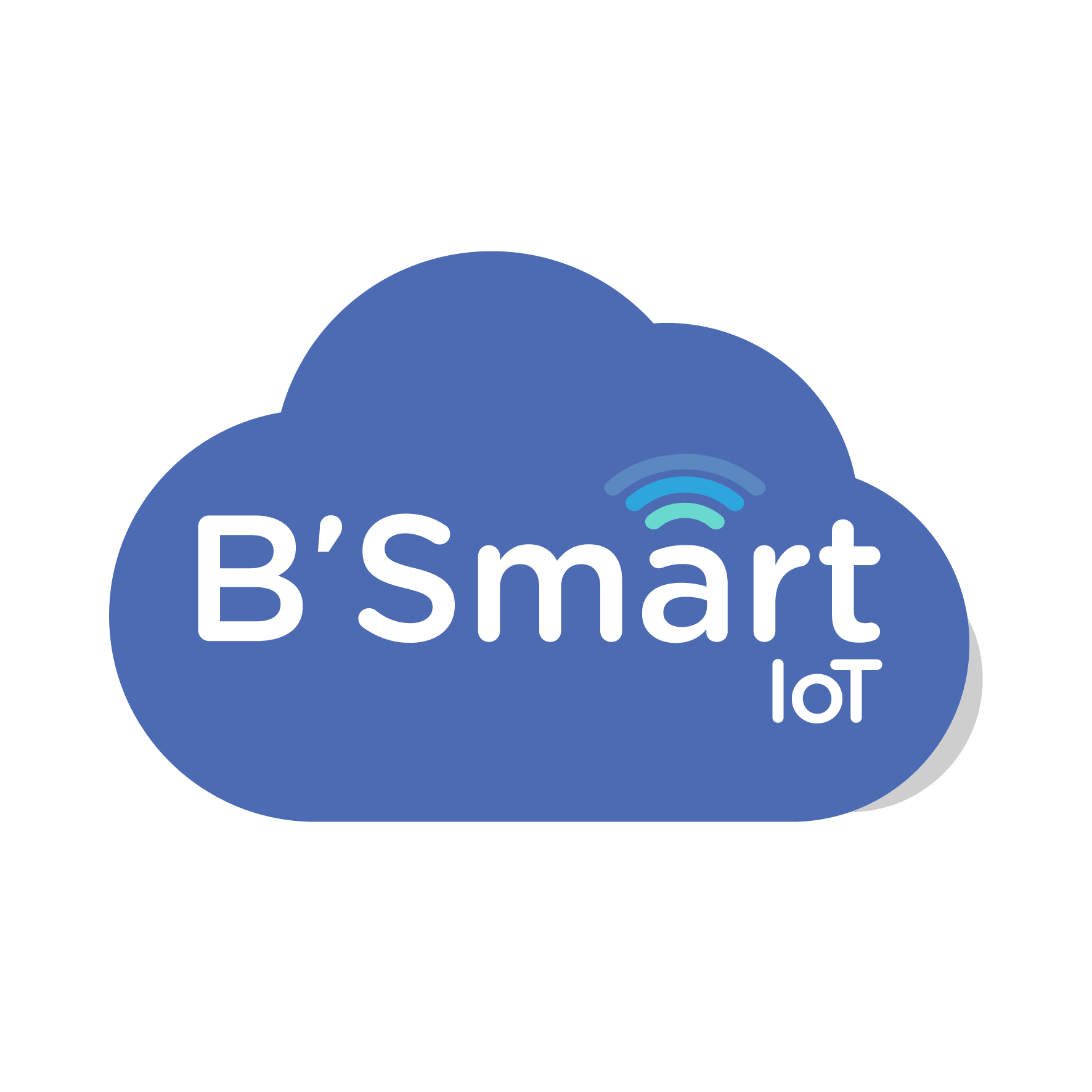The most common cause of production downtime is equipment malfunction or breakdown. However, it is possible to reduce equipment failures and keep downtime low with a predictive maintenance strategy that uses the Internet of Things (IoT), cloud computing and analytics, thus achieving improved productivity through IoT.
The collection of equipment and environmental data occurs through sensors. Data is used to proactively predict and remediate equipment failures. Over time, advances in machine learning can improve the accuracy of predictive algorithms and allow you to create advanced prediction models.
Why minimize downtime?
A study reveals that 46% of manufacturers fail to serve customers due to unexpected equipment failure. Unplanned downtime also leads to a loss of production time on a critical asset and hinders manufacturers’ ability to service or support specific assets or equipment.
Unplanned downtime affects every industry, and its impacts extend beyond the financial for some. According to an article by Petro Online, a single unplanned downtime at an oil refinery or petrochemical plant releases the equivalent of a year’s worth of emissions into the atmosphere.
Why does predictive maintenance use IoT?
It’s worth understanding what Internet of Things monitoring entails to understand its implications for downtime. An IoT monitoring system consists of four elements:
1. Sensors
The first step in IoT monitoring is to collect data from the physical environment, which requires sensors. The sensors have special electronic components that detect inputs from the physical environment and convert them into data for interpretation by machines or humans. Inputs include heat, light, humidity, sound, pressure, or electromagnetic fields.
2. Connectivity
Sensors collect the data and send it to the cloud for analysis. There are several methods available to transmit the data, including WiFi, satellite, GPRS mobile technology, Bluetooth or a direct connection to the Internet via Ethernet. The type of connectivity used depends on factors such as power consumption, range, bandwidth and security.
3. Data processing
When the data reaches the cloud, it is processed by Software. There are many software solutions available for different IoT use cases. The solutions analyze the data and present it to end users in an easily understandable format. For example, you can configure sensors to display vibration and temperature data from your computer every three seconds. Or you can run sophisticated analytics on a large amount of IoT data and trigger the appropriate action.
4. User interface
The end user can receive the data via a website, email or text notification. For example, your factory manager may receive a text/web/email alert when the temperature sensor reading exceeds a certain threshold. The manager can then adjust the temperature remotely from their web or mobile app or trigger another corrective action that brings the temperature to a safe level.
What is the role of IoT in reducing production downtime?
IoT can be the key to minimizing downtime and keeping productivity levels high. Here is a discussion of the reasons to implement an IoT-based predictive maintenance strategy.
1. Can monitor equipment in real time
Real-time monitoring of asset condition and performance allows you to anticipate problems before they occur. Any required maintenance can occur moments after an alert, helping to prevent a costly failure or any impact on plant performance. Timely maintenance is also helpful in maximizing equipment life – you can avoid having to replace equipment too soon and get the full return on your investment.
2. You can optimize equipment repair time
Predictive maintenance runs in the background and keeps you informed about machine status and performance. Receive alerts about deviations from optimal conditionsRemote fuel measurement on generator sets, which tell you if your equipment is aging or degrading. Using the information, you can accurately predict when the system is likely to fail and determine when to repair it.
As anomalies are transmitted soon after being detected, any problem with a machine is unlikely to go unnoticed and get worse. If deemed necessary, fixes at the initial stage of equipment degradation will not take the hours usually associated with planned and unplanned maintenance.
3. You can spend less on repairs and spare parts
Predictive maintenance is data-driven and analytical, allowing you to get to the root cause of a problem instead of just treating its symptoms. Knowing what could lead to equipment failure is helpful in preventing wear and tear responsible for equipment failure. For example, sub-optimal humidity alerts help reduce electrostatic discharge that occurs in a low humidity environment. Component degradation can be avoided and equipment repair costs and spare parts inventory can be optimized to the desired level.
4. It can keep workers safe
Putting sensors in charge of detecting problems in equipment is a good system for worker safety. For example, checking for bearing failures, a common cause of downtime, may require workers to access bearings that are difficult or dangerous to reach. With predictive maintenance, workers can check the condition of bearings without touching them. Smart sensors can collect information about the pressure and temperature of liquids flowing through pipes without the need for direct human intervention.
When to use IoT
• Reduced unplanned downtime
• Reduction of machine repair costs
• Improved worker safety
• Shorten machine repair time
• Allow better use of equipment
• Increase the ROI of the teams
It is useful for critical assets that have the greatest impact on production rate and profitability. IoT monitoring is also valuable when minimal changes in environmental conditions can significantly affect product quality or worker safety. For example, sensors detect the presence of an operator in a hazardous environment or faults in rotating machinery.
Data from IoT devices can be integrated with workforce solutions to develop work schedules that can reduce workers’ exposure to hazardous conditions. As a passive safety solution, IoT can help improve worker confidence and morale.
